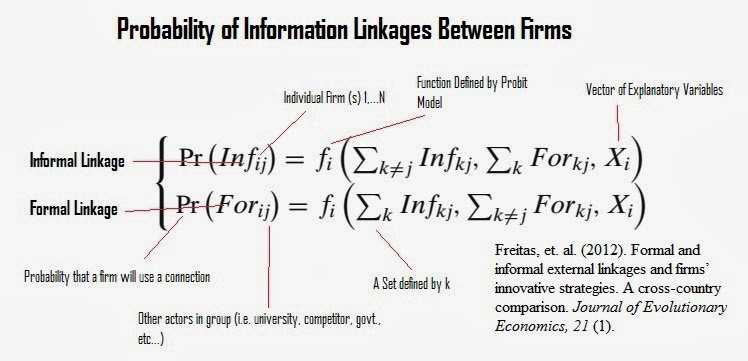The economy is adding jobs and that is great news. Unfortunately, the types
of jobs have moved more into service sector and administrative positions that
do not carry the same high wages as pre-recession employment. According to a report by the National
Employment Project (NELP) low-wage industries have grown significantly since
the end of the recession but this is leaving many Americans without significant savings. A mixed economic blessing that teeters between recovery and replacement.
Lower-wage industries have accounted for 22% of the recession loss but 44% of the employment growth over the past 4 years. It now employs 1.85 million more workers than it did in the past. Mid-range employment jobs lost were around 37% while recent increases are around 26% for a total of 958,000 lost. High wage losses include 41% and a 30% increase leaving us with a 976,000 fewer jobs.
The recession was longer than anticipated and even though the jobs have returned they have returned at a lower wage rate. Since January 2008 to the low of 2010 the economy lost 8.8 million jobs while the study indicates that as of March 2014 a total of 8.9 million jobs have been raised. The positive news is that people are again finding various types of work in different sectors.
The study focused primarily on the private sector work recovery. However, government positions declined 627,000 jobs of which 44% were in education. Private sector work recovered in the service industry, the professional service and scientific industries, and private education and health services. The results for construction were mixed.
The changes also indicate an adjustment in the demographics of the country based upon global trends. Moving manufacturing to cheaper locations overseas impacts a major source of middle class income. There are efforts to raise the high tech sectors of manufacturing to create additional jobs and growth within the country. The use of higher skill and scientific work is one method of ensuring that processes and products are not easily copied or displaced.
The Boston Consulting Group released a report that the U.S. will soon reach parity with low cost manufacturers like China. This creates an opportunity to reverse trends in manufacturing losses and bring back a higher percentage of middle class jobs. However, this industry will need to push a larger section of the sector into the high technology manufacturing areas to develop the industry to a greater extent.
Lower-wage industries have accounted for 22% of the recession loss but 44% of the employment growth over the past 4 years. It now employs 1.85 million more workers than it did in the past. Mid-range employment jobs lost were around 37% while recent increases are around 26% for a total of 958,000 lost. High wage losses include 41% and a 30% increase leaving us with a 976,000 fewer jobs.
The recession was longer than anticipated and even though the jobs have returned they have returned at a lower wage rate. Since January 2008 to the low of 2010 the economy lost 8.8 million jobs while the study indicates that as of March 2014 a total of 8.9 million jobs have been raised. The positive news is that people are again finding various types of work in different sectors.
The study focused primarily on the private sector work recovery. However, government positions declined 627,000 jobs of which 44% were in education. Private sector work recovered in the service industry, the professional service and scientific industries, and private education and health services. The results for construction were mixed.
The changes also indicate an adjustment in the demographics of the country based upon global trends. Moving manufacturing to cheaper locations overseas impacts a major source of middle class income. There are efforts to raise the high tech sectors of manufacturing to create additional jobs and growth within the country. The use of higher skill and scientific work is one method of ensuring that processes and products are not easily copied or displaced.
The Boston Consulting Group released a report that the U.S. will soon reach parity with low cost manufacturers like China. This creates an opportunity to reverse trends in manufacturing losses and bring back a higher percentage of middle class jobs. However, this industry will need to push a larger section of the sector into the high technology manufacturing areas to develop the industry to a greater extent.
Highly developed manufacturing encourages mass manufacturing at a later date. New technologies that are cutting edge eventually make their way into mass distribution in the future. Innovation and development lead to greater opportunities that continually push manufacturing dominance. New products require a higher level of resources, science, strategy, and skilled labor that create first mover advantages that are later followed by lower cost copy cats.
The news is not all bad. The service industry is growing which means more people can find additional employment opportunities. A 2013 study confirms that employees can find greater pay increases within the service industry when compared with other low-earning lines of work. They may not start out high but they have opportunities to grow within this developing industry. The nature of the work is different than the past but the industry is budding and may someday come to full bloom.
Having employment opportunities across various sectors of society is important for people who desire to either move up within their careers, cross breed into other industries, search out various types of education, or attend training to raise their earnings potential. Diversity within the sectors also helps the U.S. maintain a competitive advantage in multiple arenas as well as maintain the potential as new opportunities rise. Ensuring and developing economic and human capital advantages in potential high growth areas keeps jobs at home.
